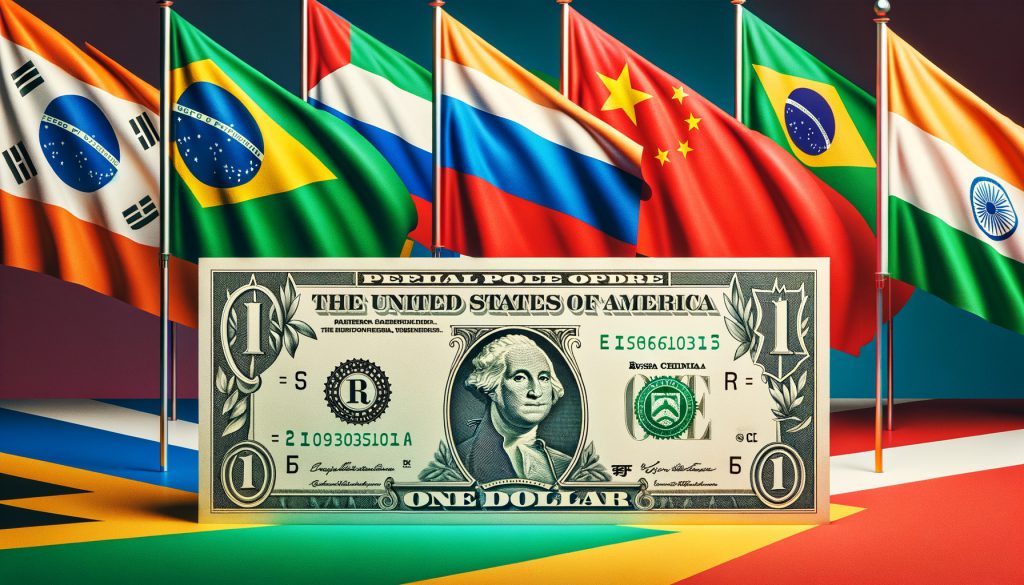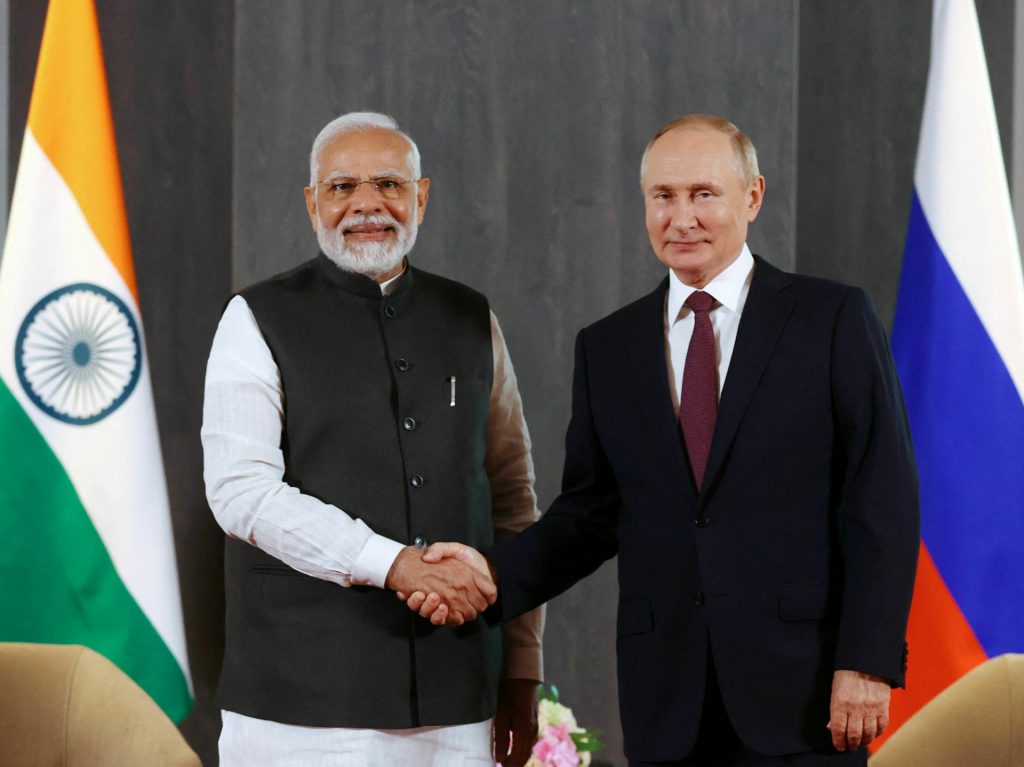BRICS Trade Hits New Record as US Dollar Takes Big Hit
The BRICS economic alliance has seen its unilateral trade reach a notable new record as the US dollar has taken another big hit. Specifically, two of the bloc’s most prominent nations have seen trade exchanges surpass $50 billion for the first time in history, according to the Emirates News Agency.
Indeed, Russia and India have facilitated record bilateral trade relations, with the figure reaching $17.5 billion in the first quarter of the year. Subsequently, the nations have seen trade activity grow by more than 5% in local currency, with the move certainly affecting the prominence of the greenback on the international stage.

Also Read: BRICS: Economist Blames U.S. Government For Inflation
BRICS Nations’ Trade Reaches $50B Record in Local Currencies
Throughout the last year, the BRICS economic alliance has not been shy about its de-dollarization hopes. Moreover, the bloc has successfully instituted a global transition, with a plethora of countries opting for increased gold holdings and economic diversification
The methods have seen many alliance members facilitate the complete absence of the greenback in trade. Moreover, the data showcases the detrimental capabilities of such actions. Specifically, the BRICS trade has recently reached a new record, as the US dollar took another massive blow.
Bilateral trade between both Russia and India reached a record $50 billion for the first time in their history. The two countries have been firmly committed to the bloc’s de-dollarized alignment, facilitating record trade settlements in local currencies.

Also Read: BRICS: China and Russia Reveal They Successfully Ditched The US Dollar
Russia had exported more than $16 billion worth of goods to India across the first quarter. That figure is a notable increase from just $15.6 billion a year prior. Meanwhile, India’s exports to Russia had increased an impressive 22% over last year, surpassing $1 billion.
Conversely, the BRICS alliance is currently in the midst of developing its own native currency. That project’s arrival will only fast-track many of the bloc’s de-dollarization initiatives. Furthermore, they have embraced gold accumulation, driving the asset to record highs.
Those practices show no end in sight, and could only facilitate an end to the US dollar as the global dominant currency. As more countries are expected to join the bloc at its 2024 summit, more nations could adopt these practices to de-dollarize the global economy.
